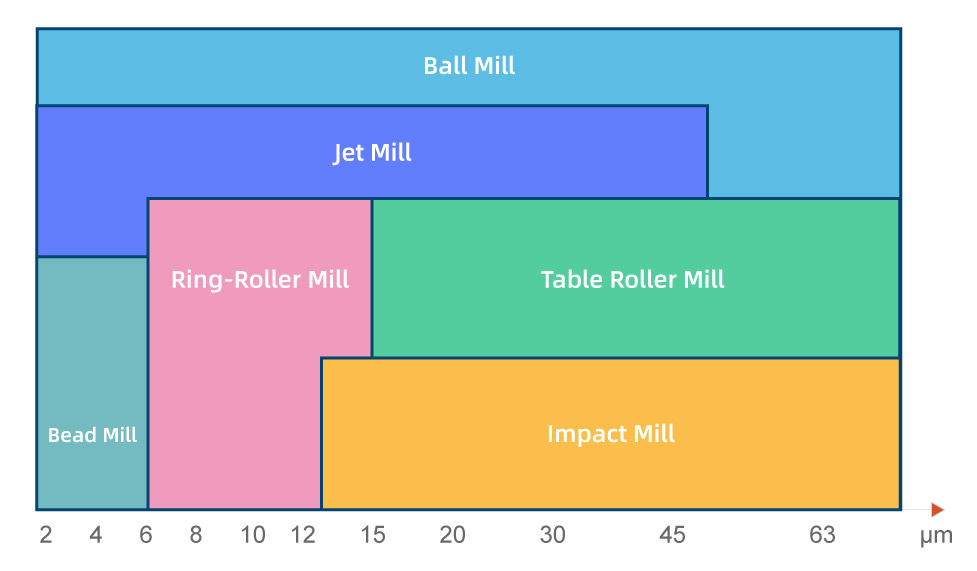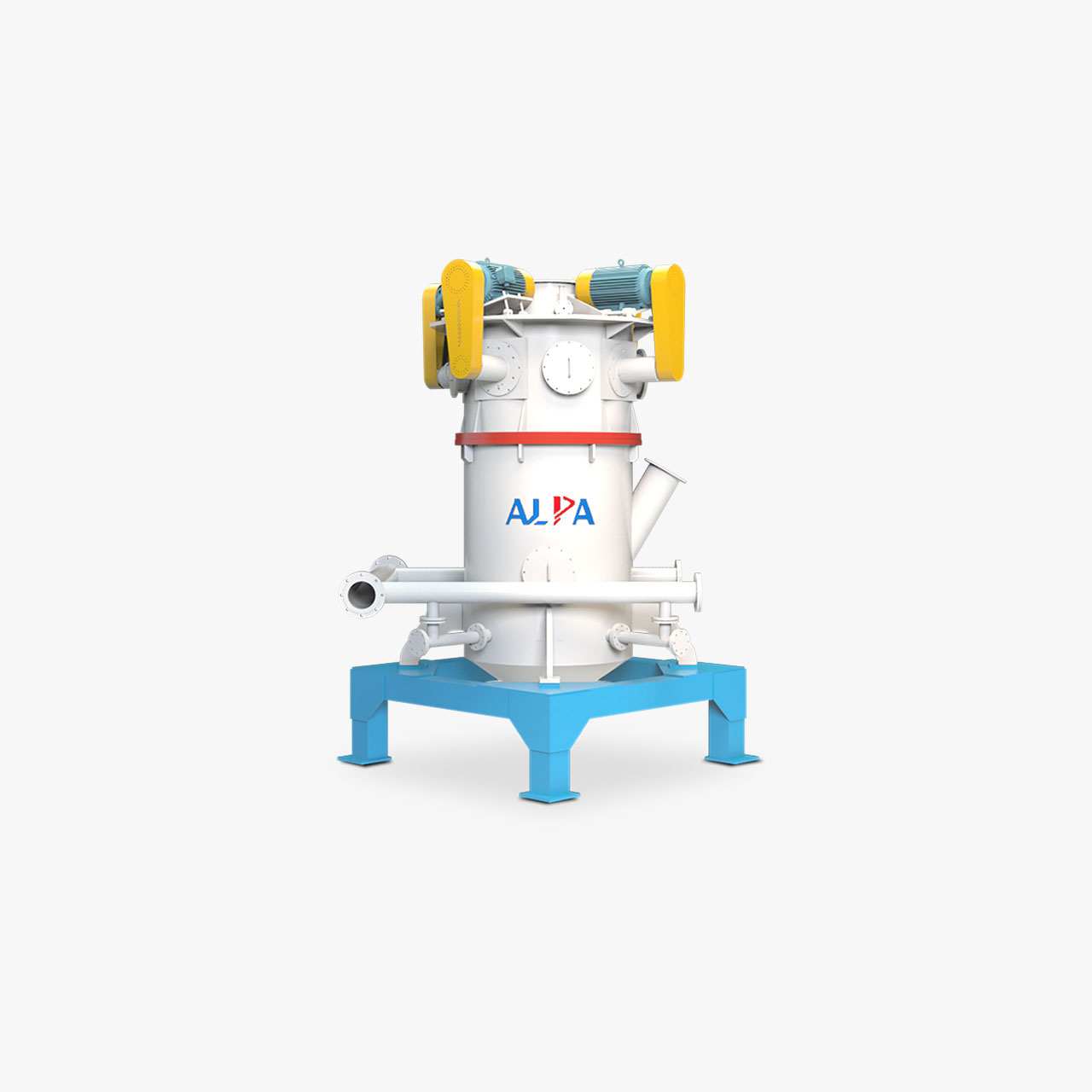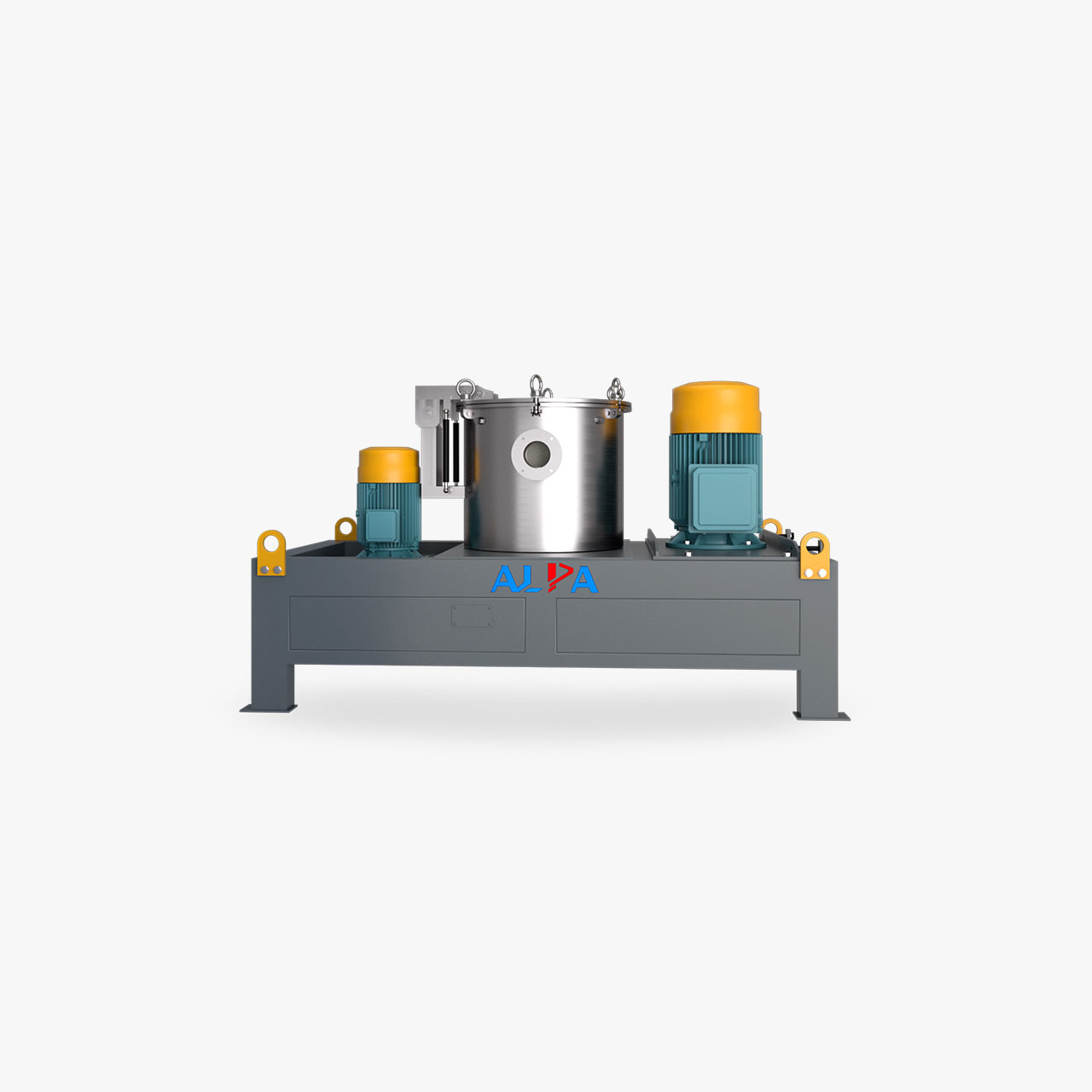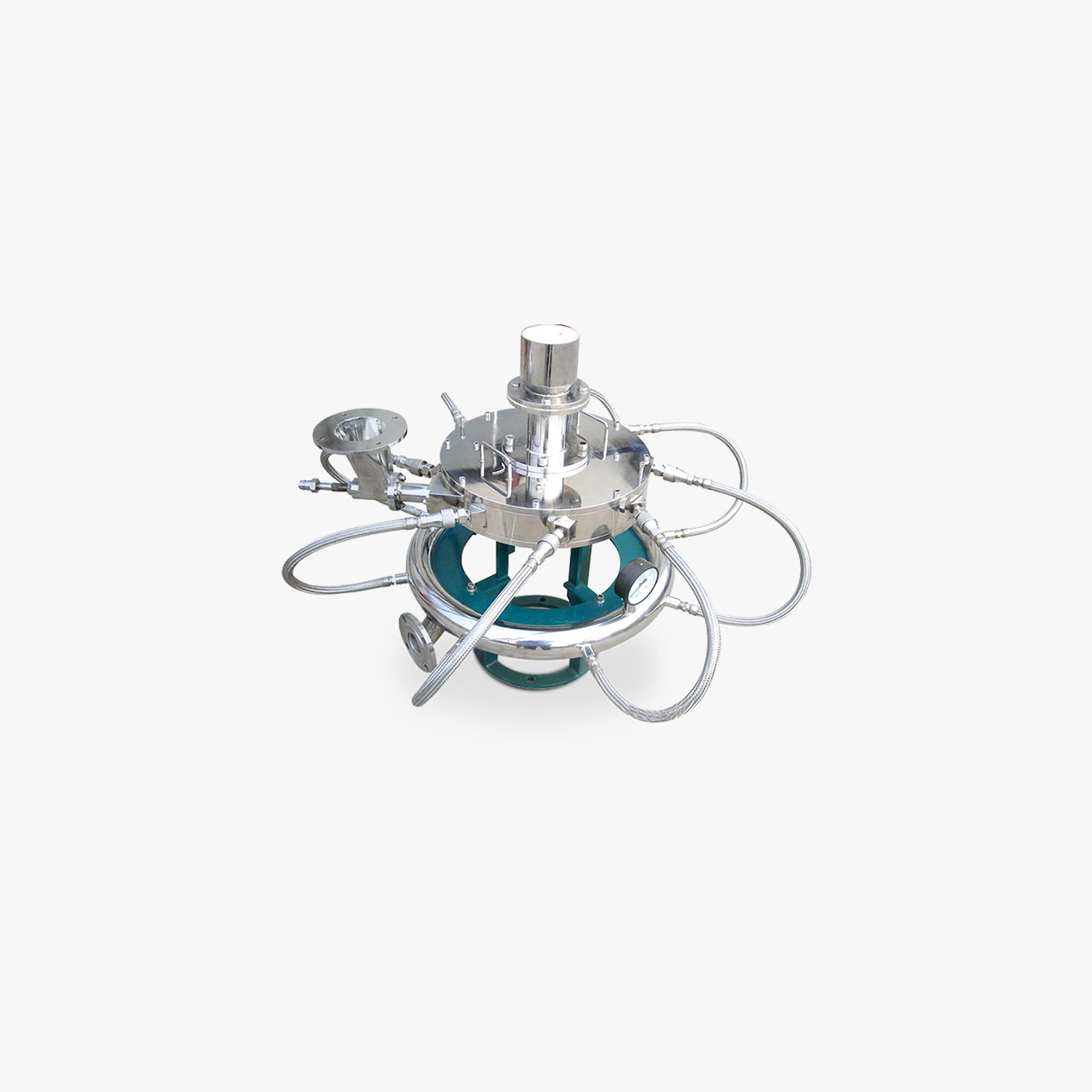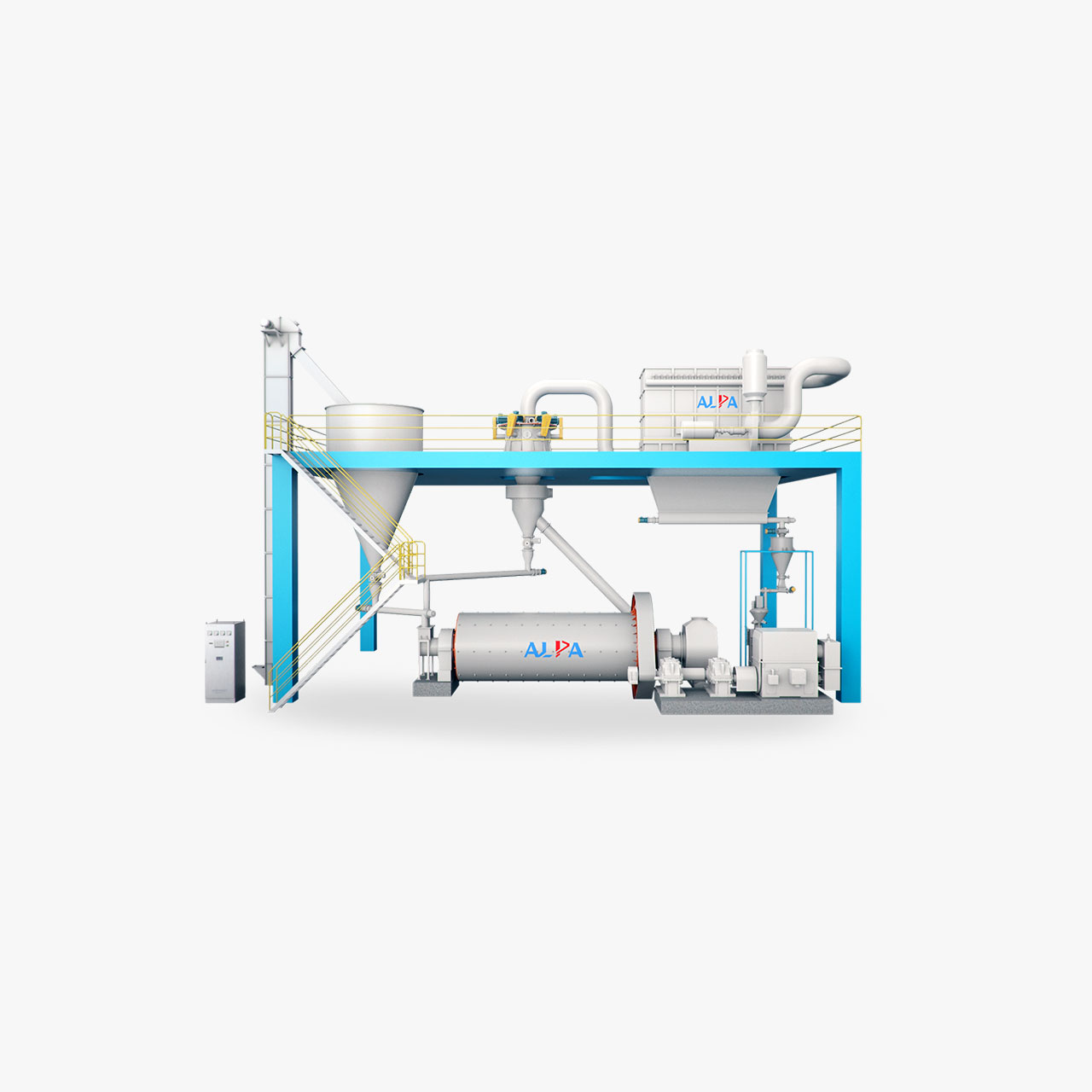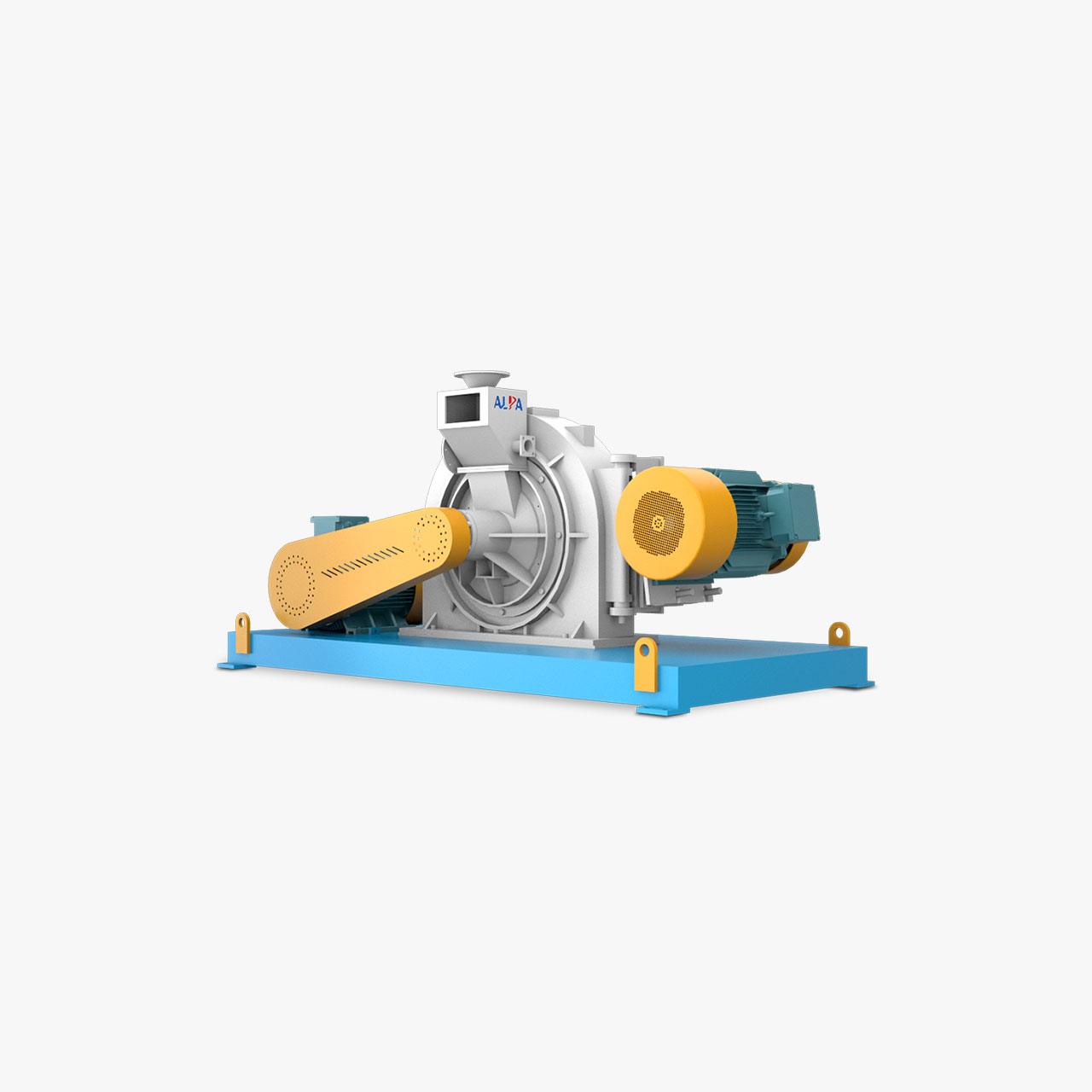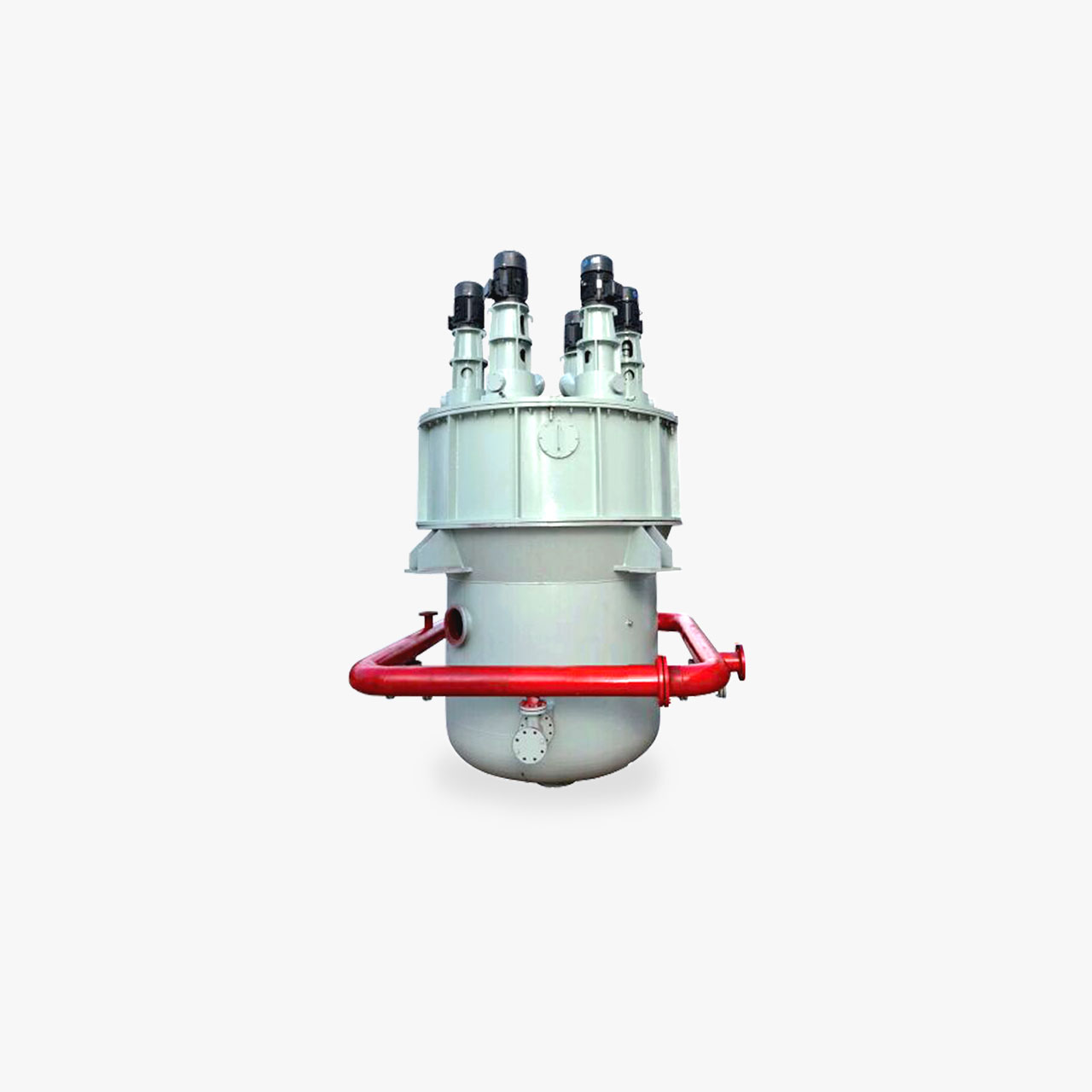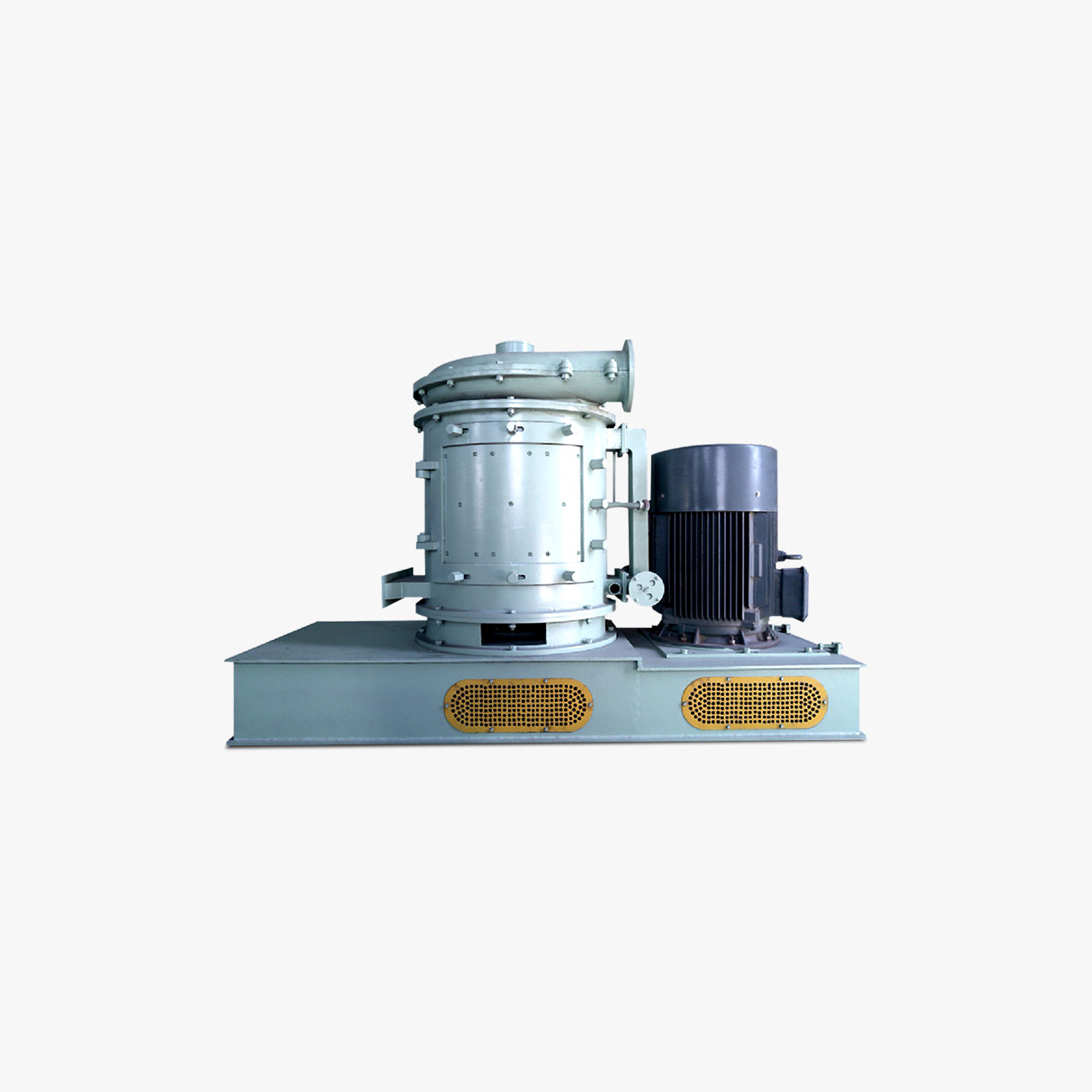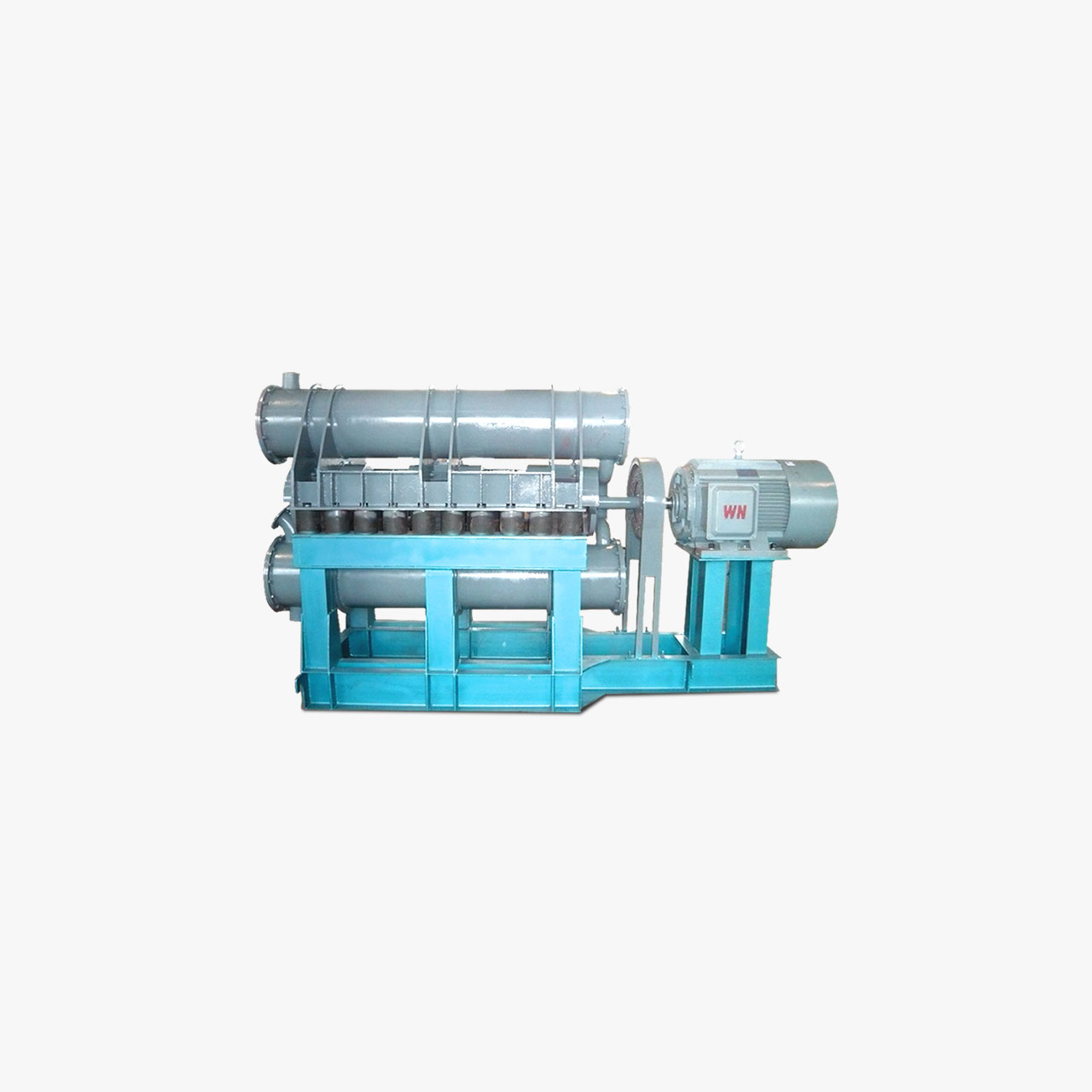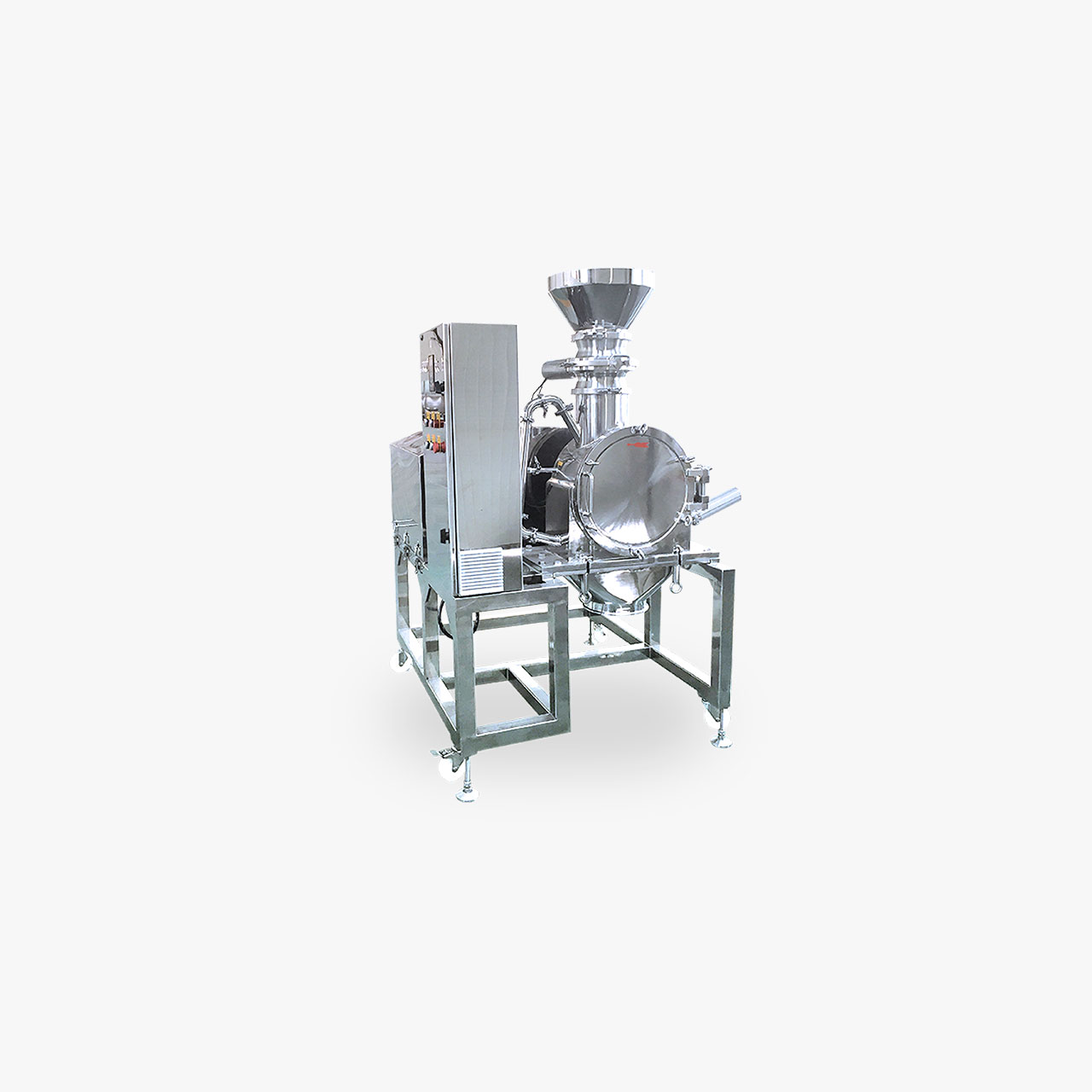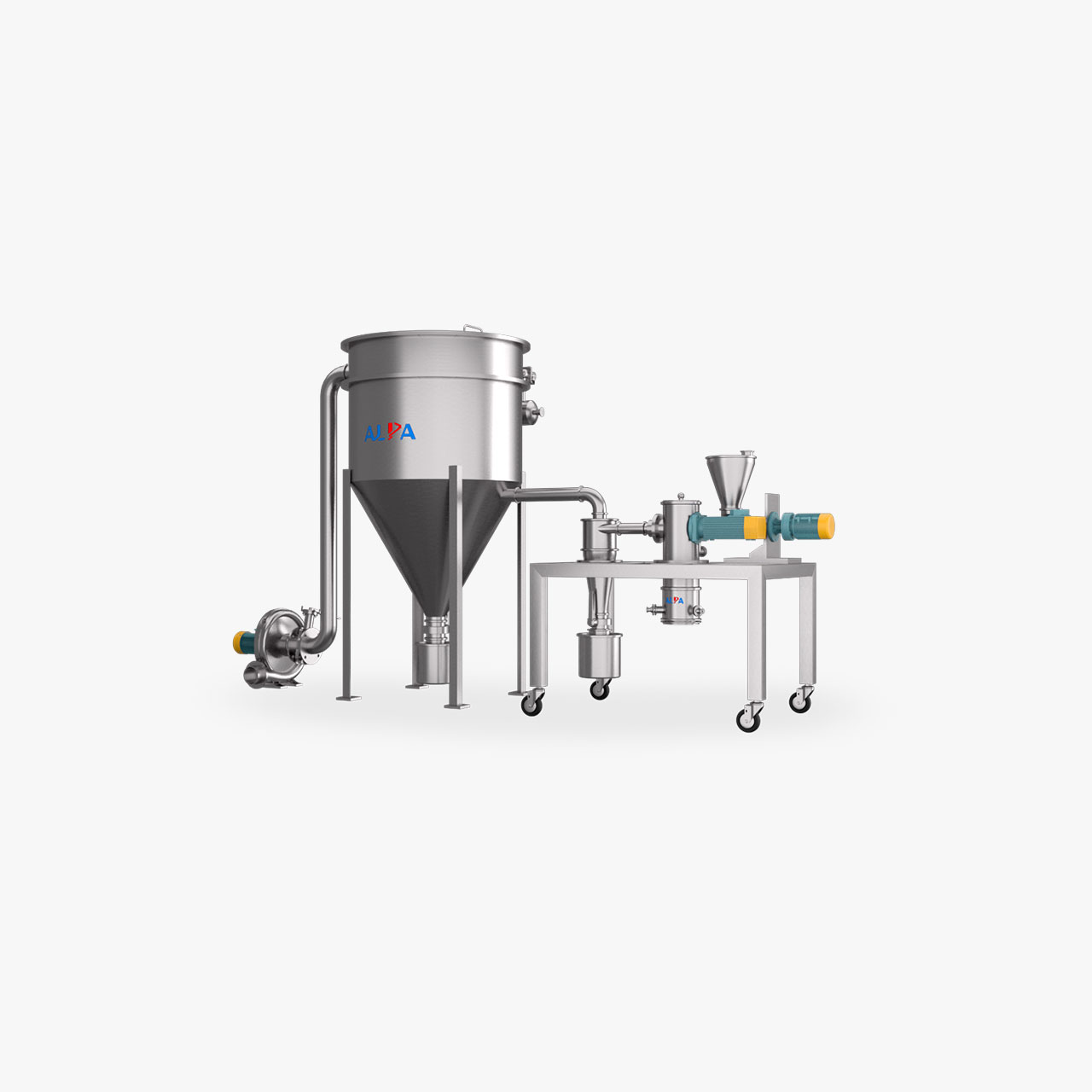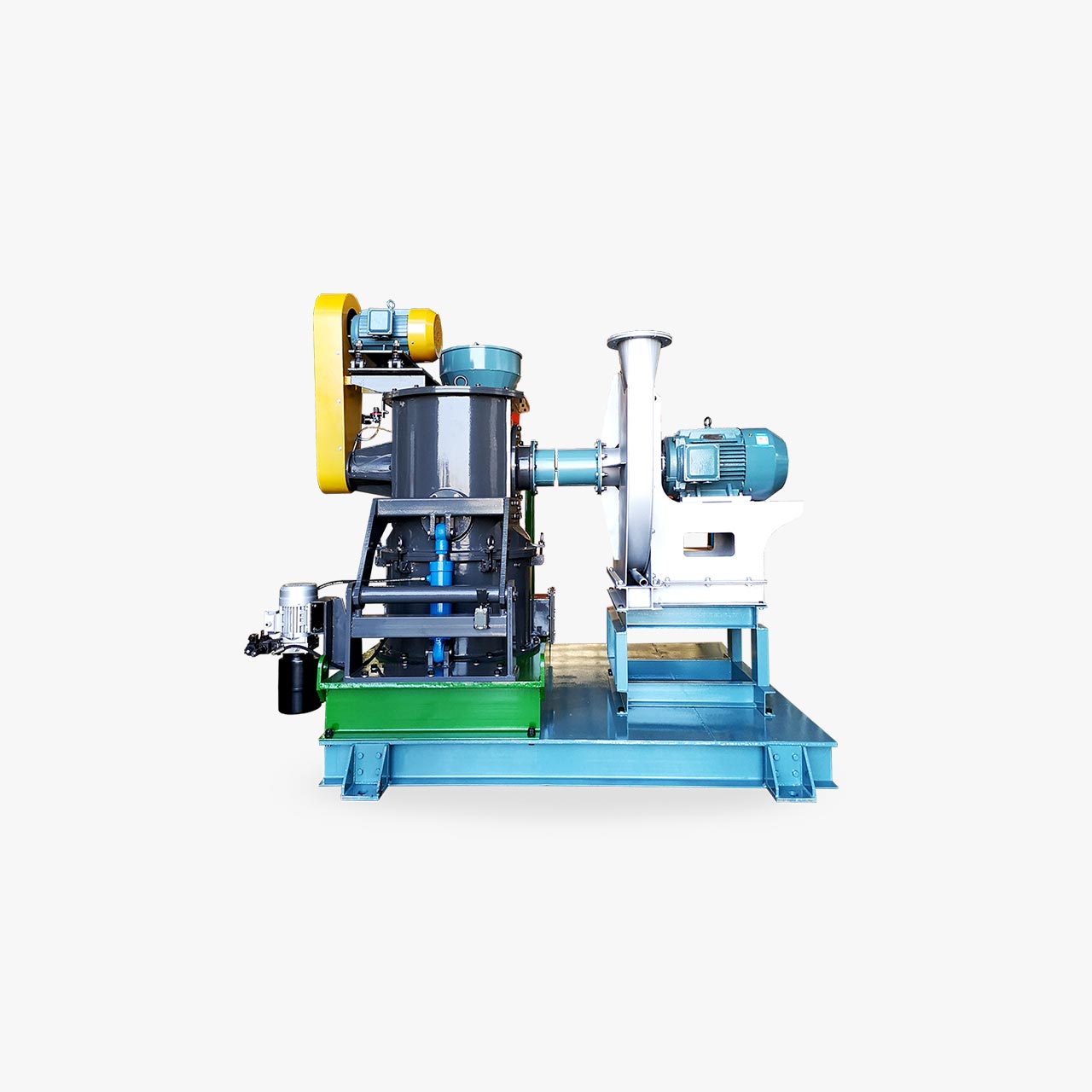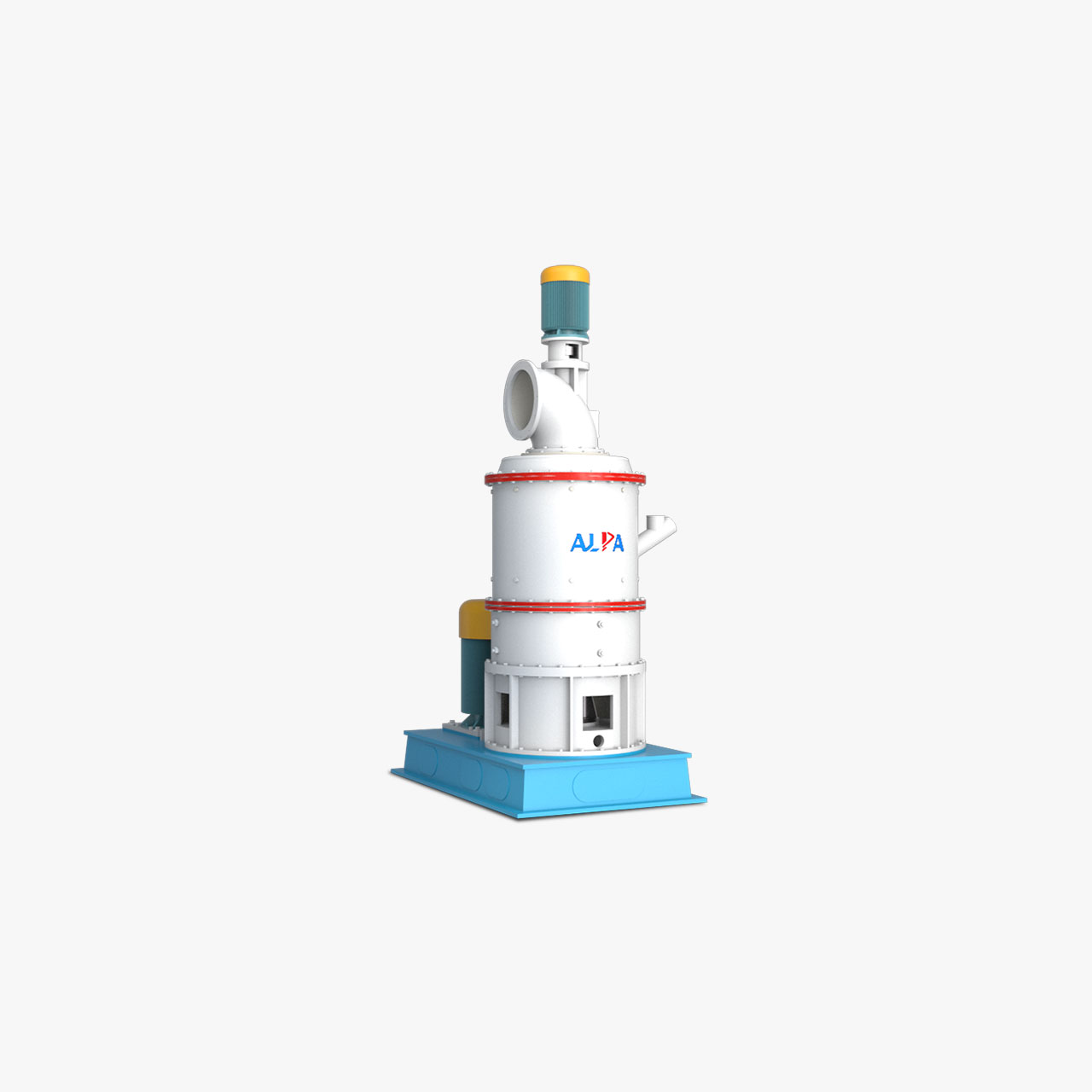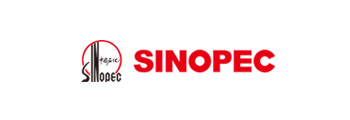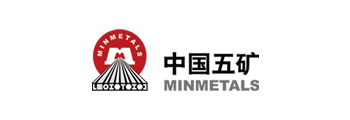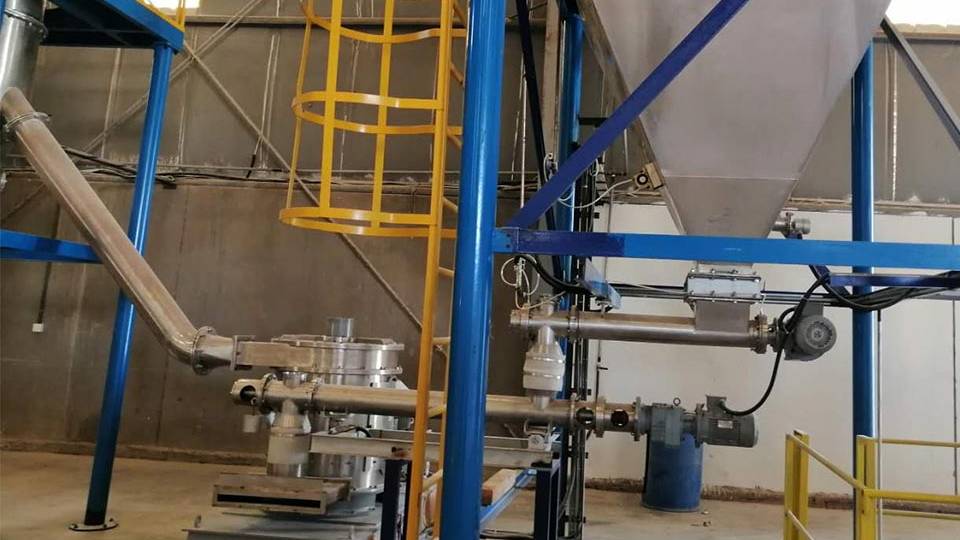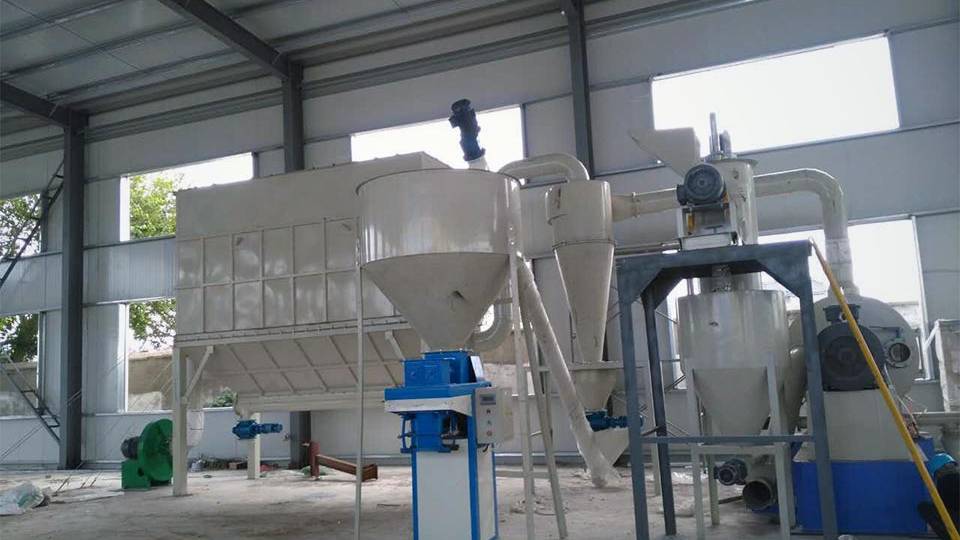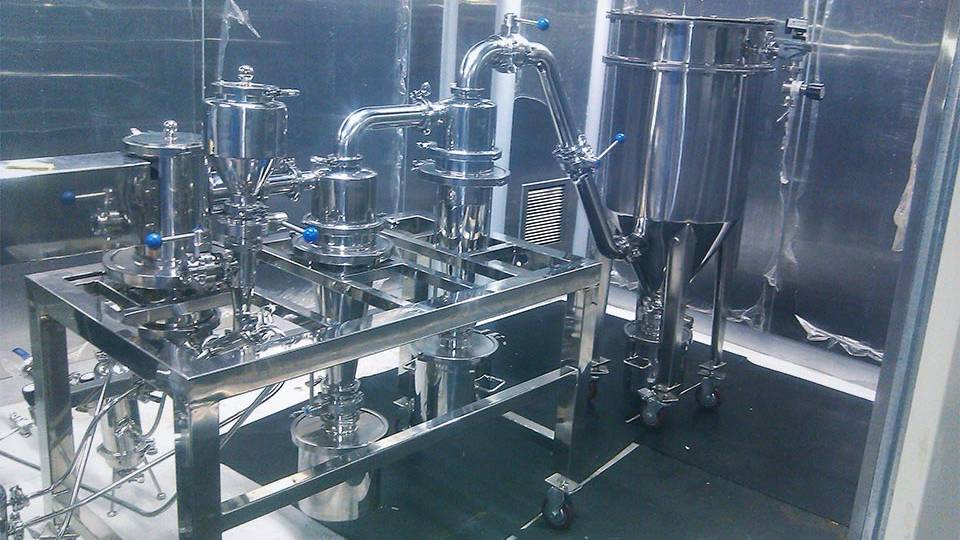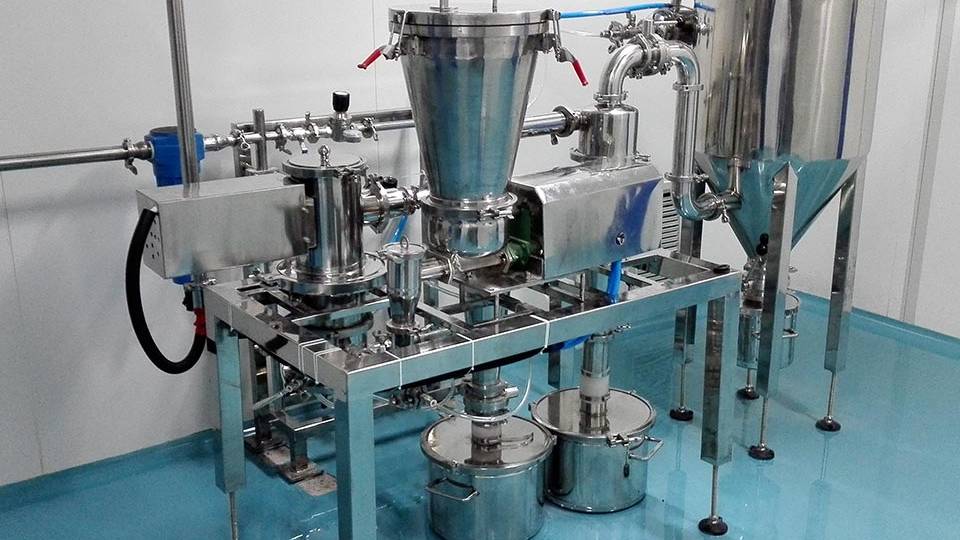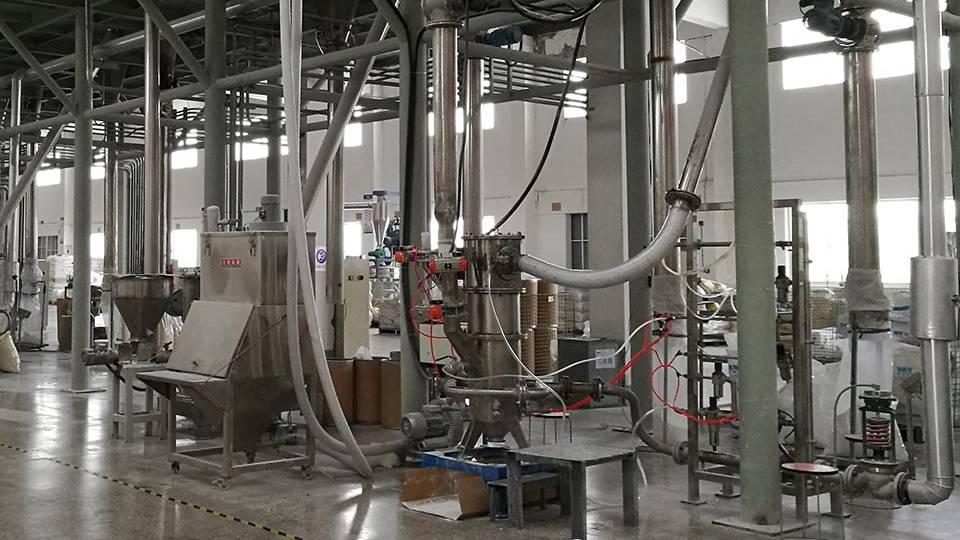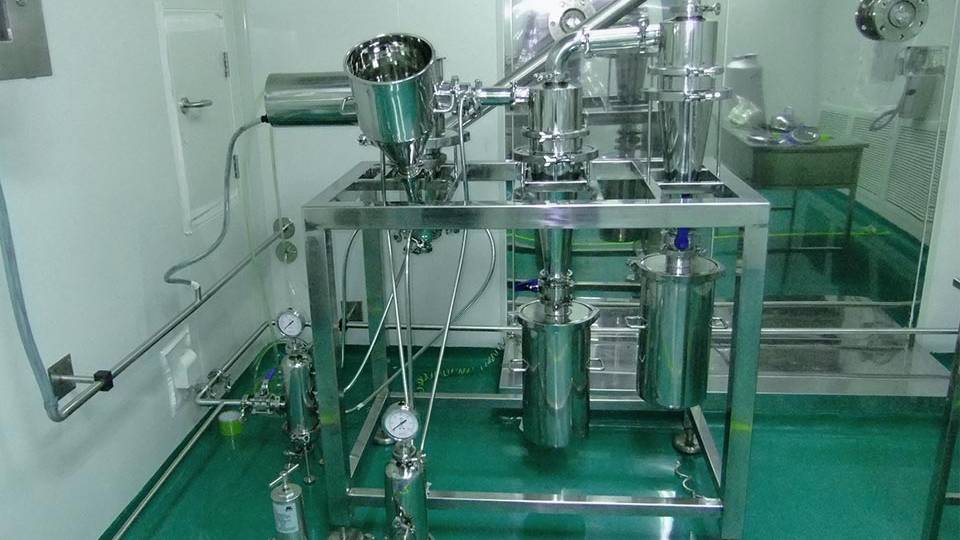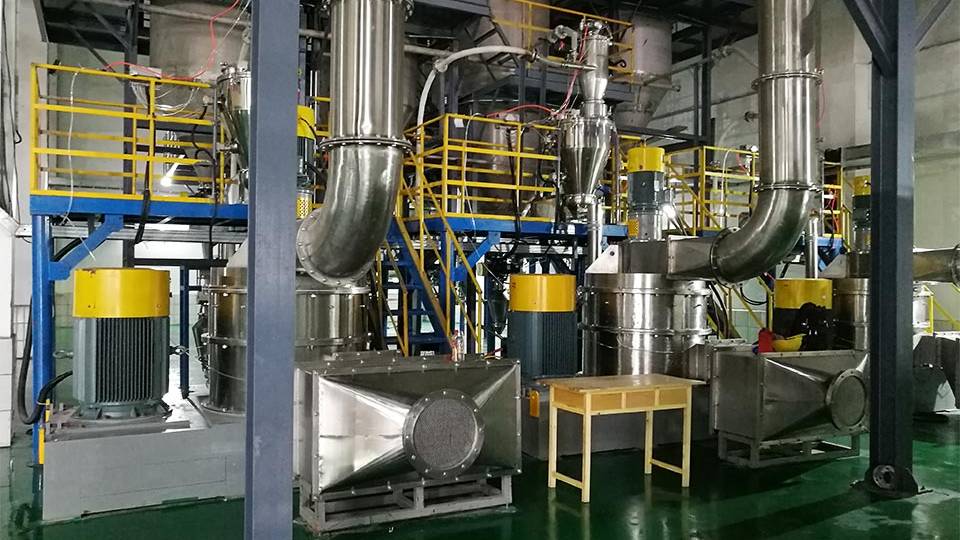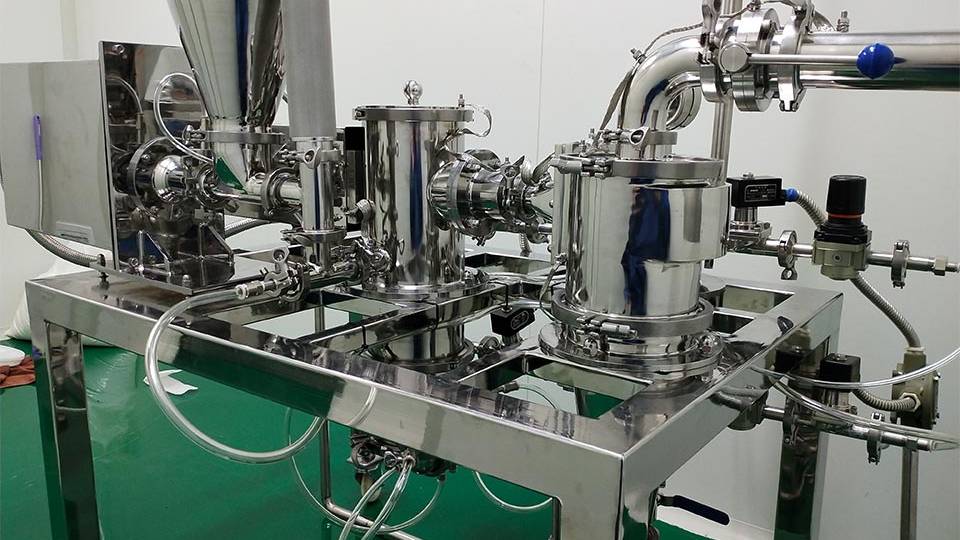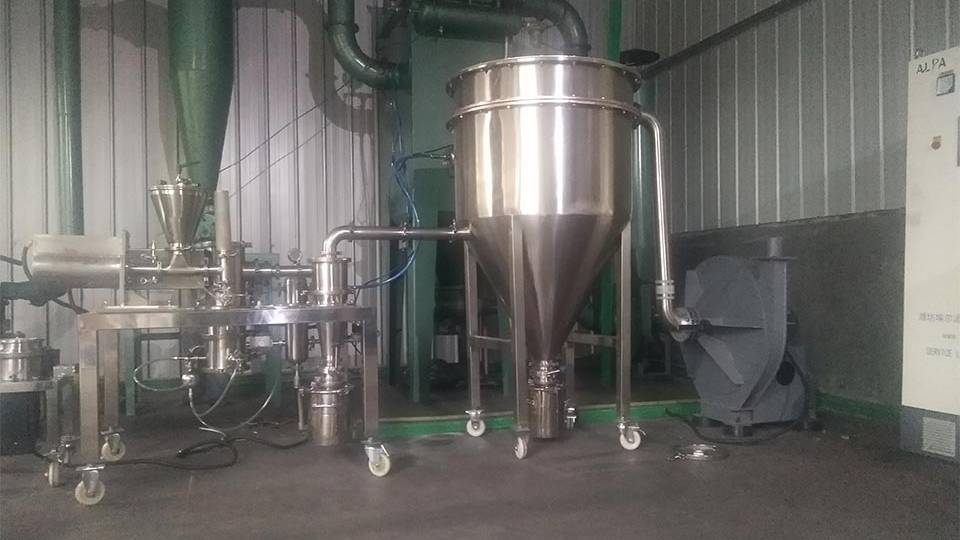Dry Grinding
For many products in our daily life requires grinding process. From breakfast cereals to cold medicine to paint and cement, grinding is a key step in bringing products to the market in the right form.
Compared with wet grinding, advantages of dry grinding are obvious
Dry and wet grinding are two common and effective grinding methods
Usually, in the machine used for dry grinding, the material will contact and hit other particles or rotors in a closed area until it is broken into the required size. Dry milling can make particles reach micron size. But if you want to achieve smaller nanometer sizes, wet grinding is the only way to achieve this goal.
Greatly reduce the cost of materials
Significantly reduce power and heat consumption
Very low greenhouse gas emissions
Greatly reduce water consumption
Elimination of additional costs for processing slurry
Solid waste can be recycled
Reduce the space floor and structure required for installation
Provide workers with a healthier and safer environment
ALPA can provide dry ultrafine grinding equipmentsuitable for various materials
Impact mill
High efficiency, has two milling effects of impact and grind, large milling ratio, simple structure, stable operation, suitable for milling medium-soft hard materials.
Jet mill
Uses the high speed turbulence airflow generated by compressed air or superheated steam as milling power. Impact extrusion, friction and shear between the particles or between the particles and the fixed plate occur, so as to achieve milling.
Ball mill + Classifying
The ball mill and classification production line refers to a complete set of milling system composed of Ball mill, cyclone, dust collector and fan.
